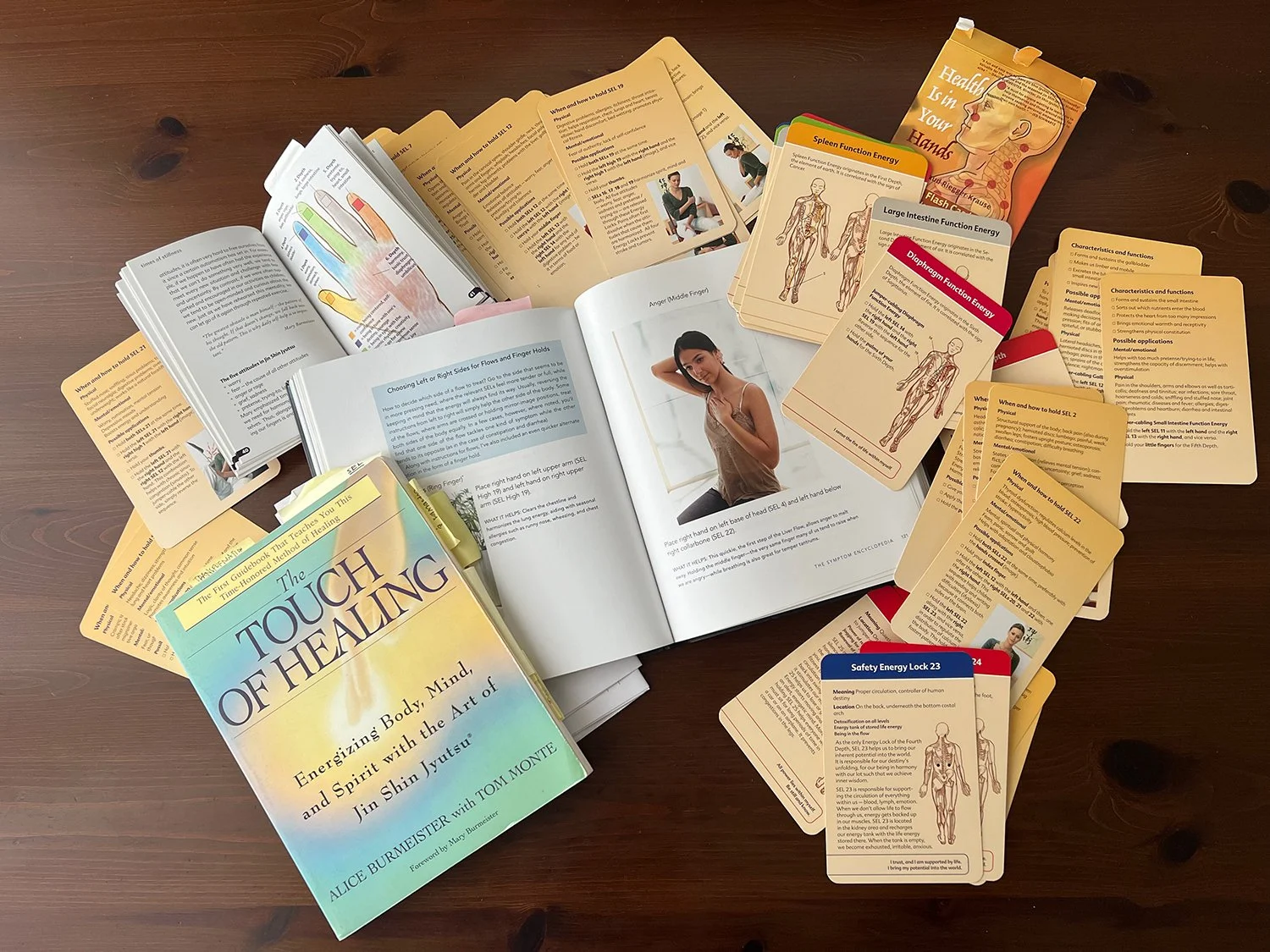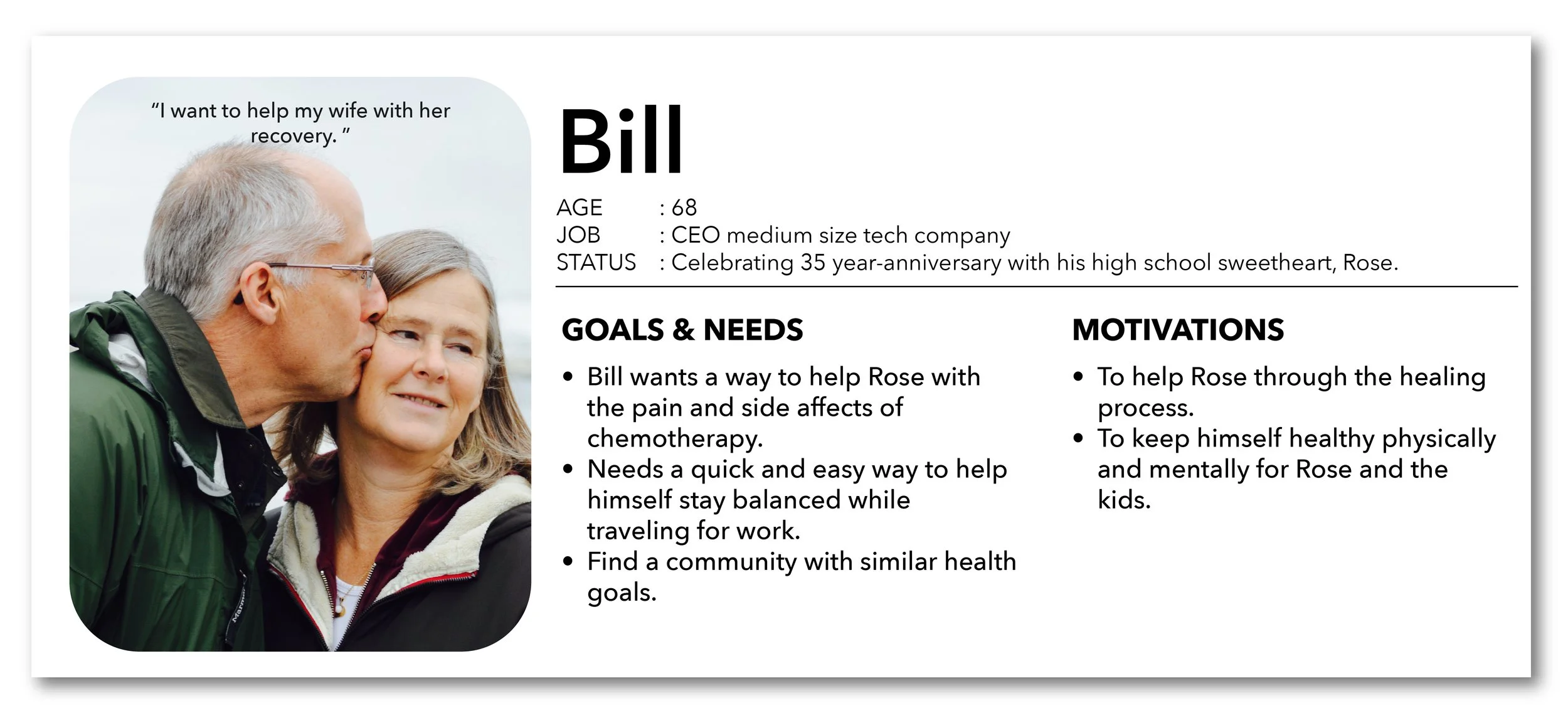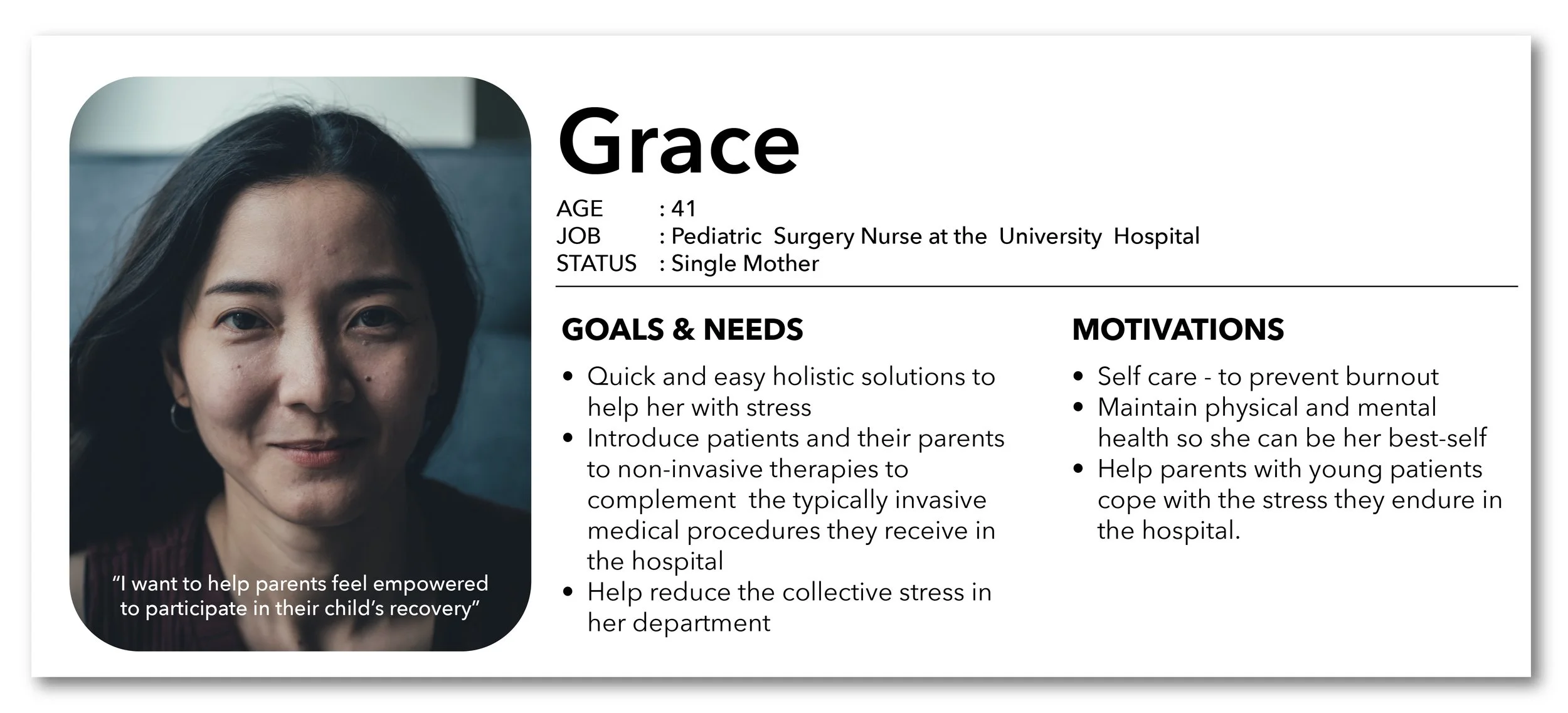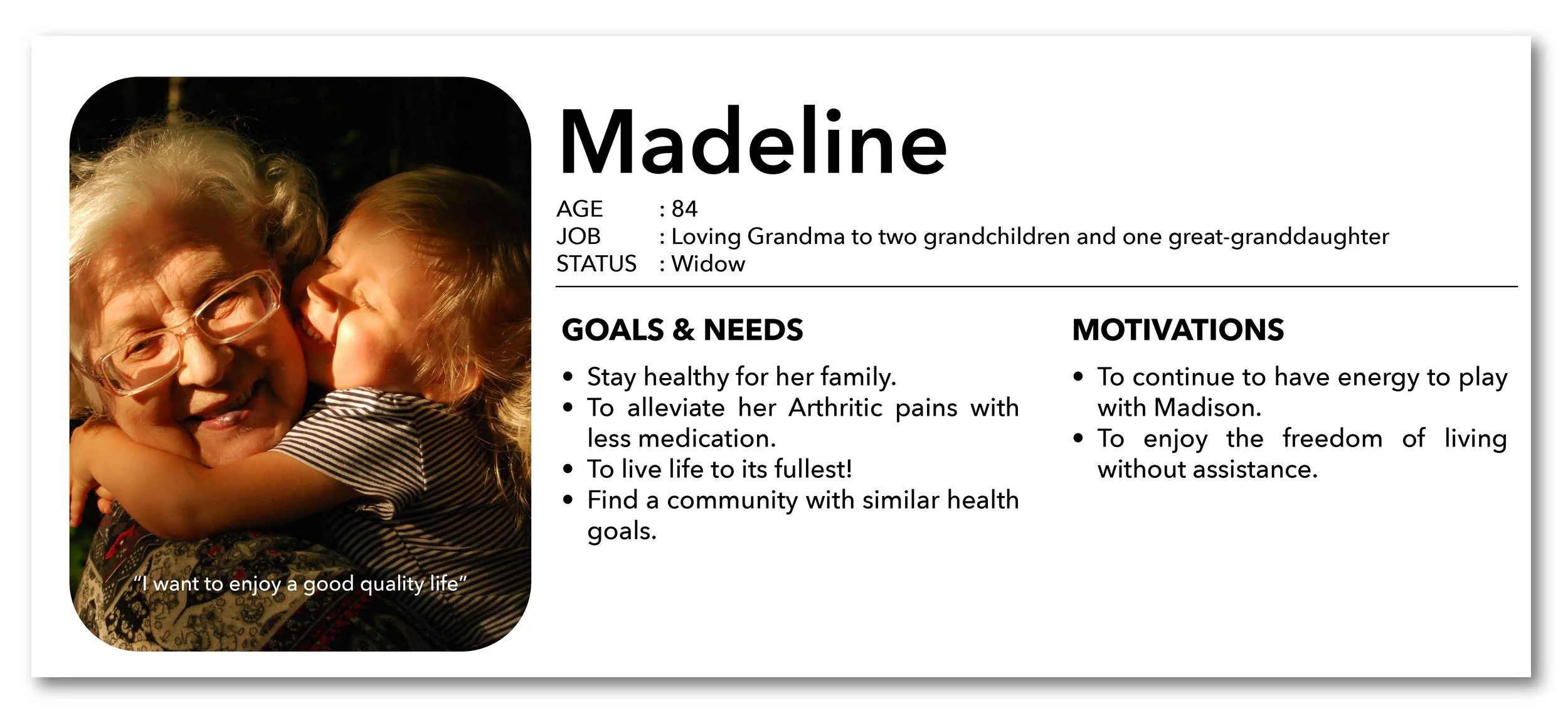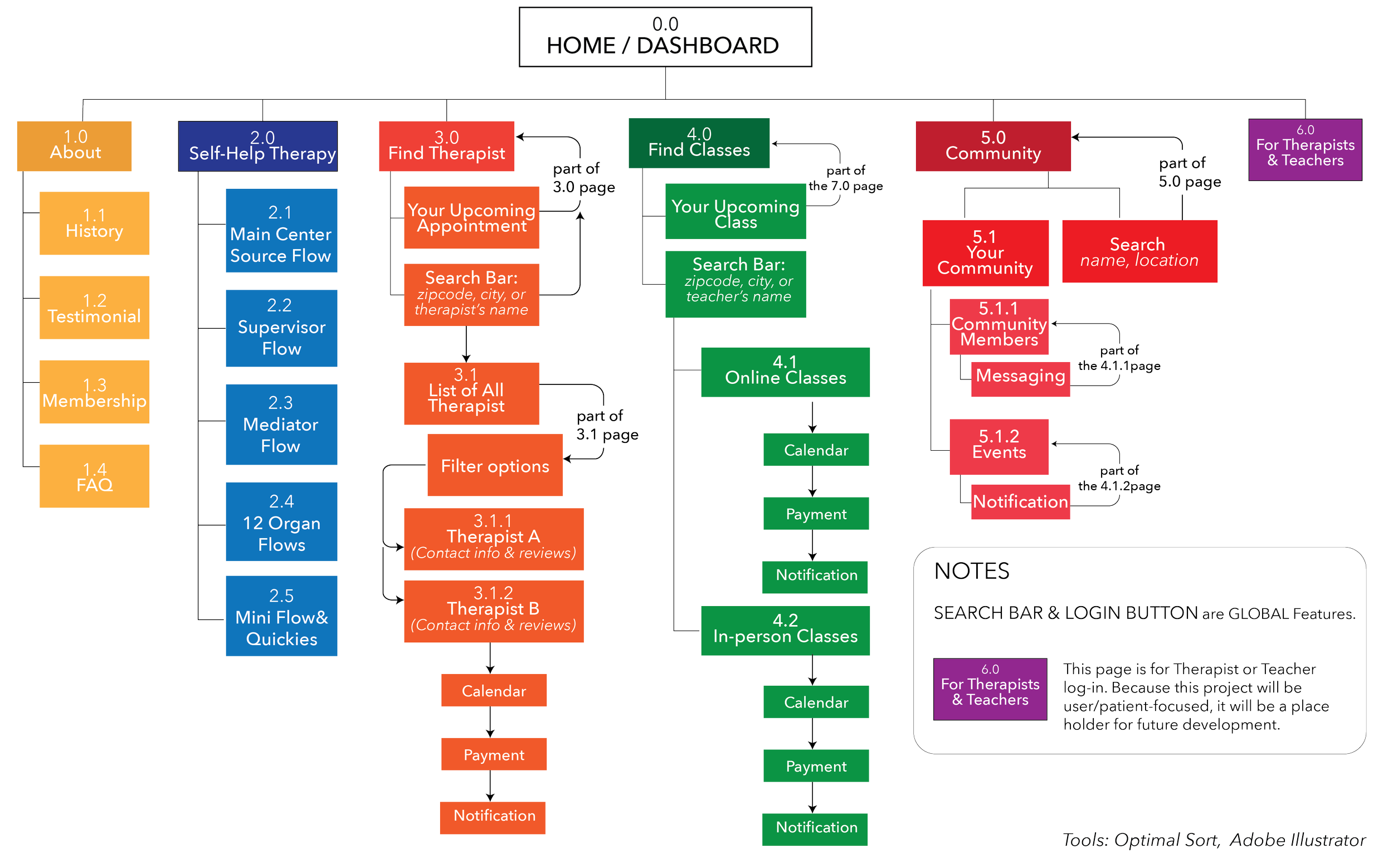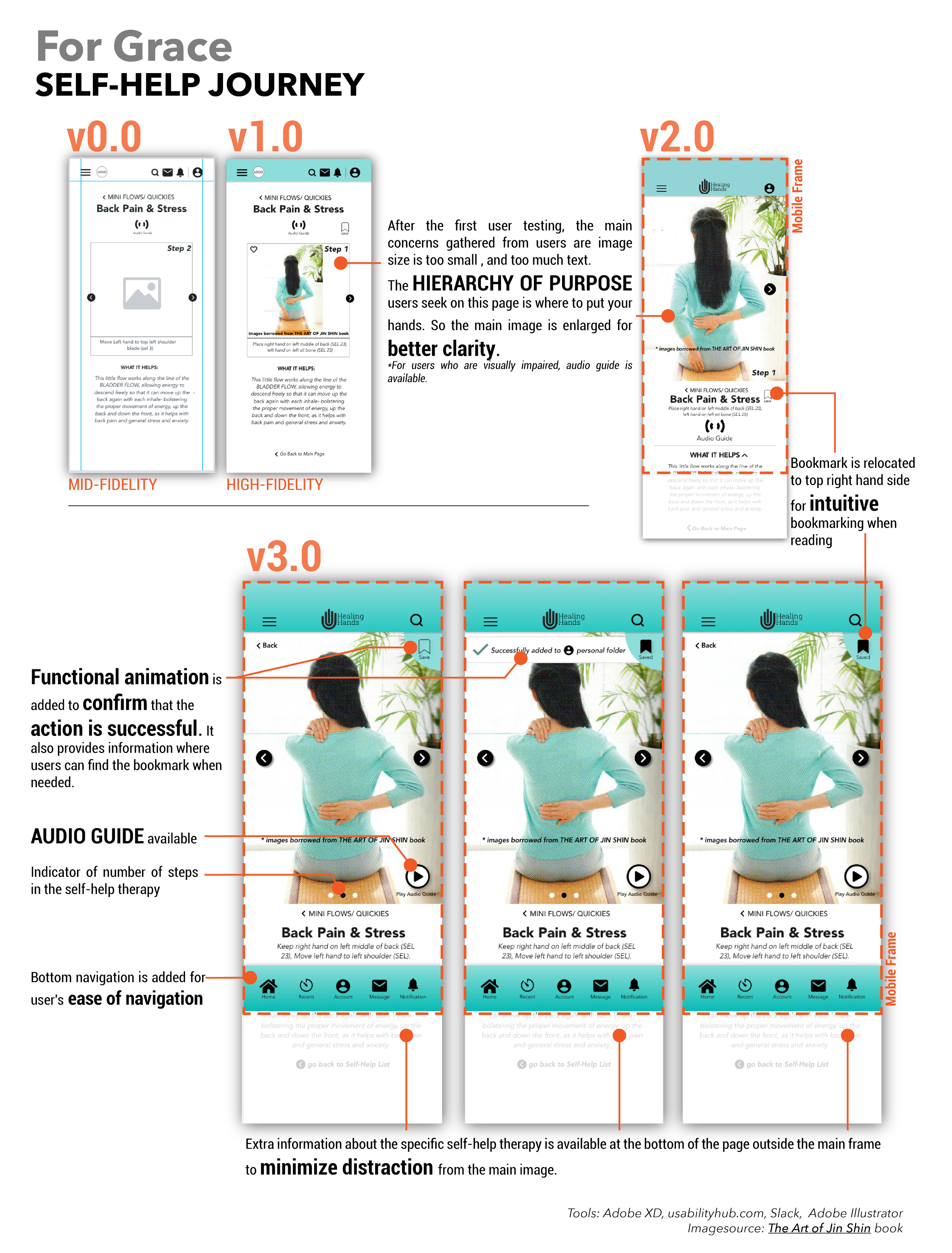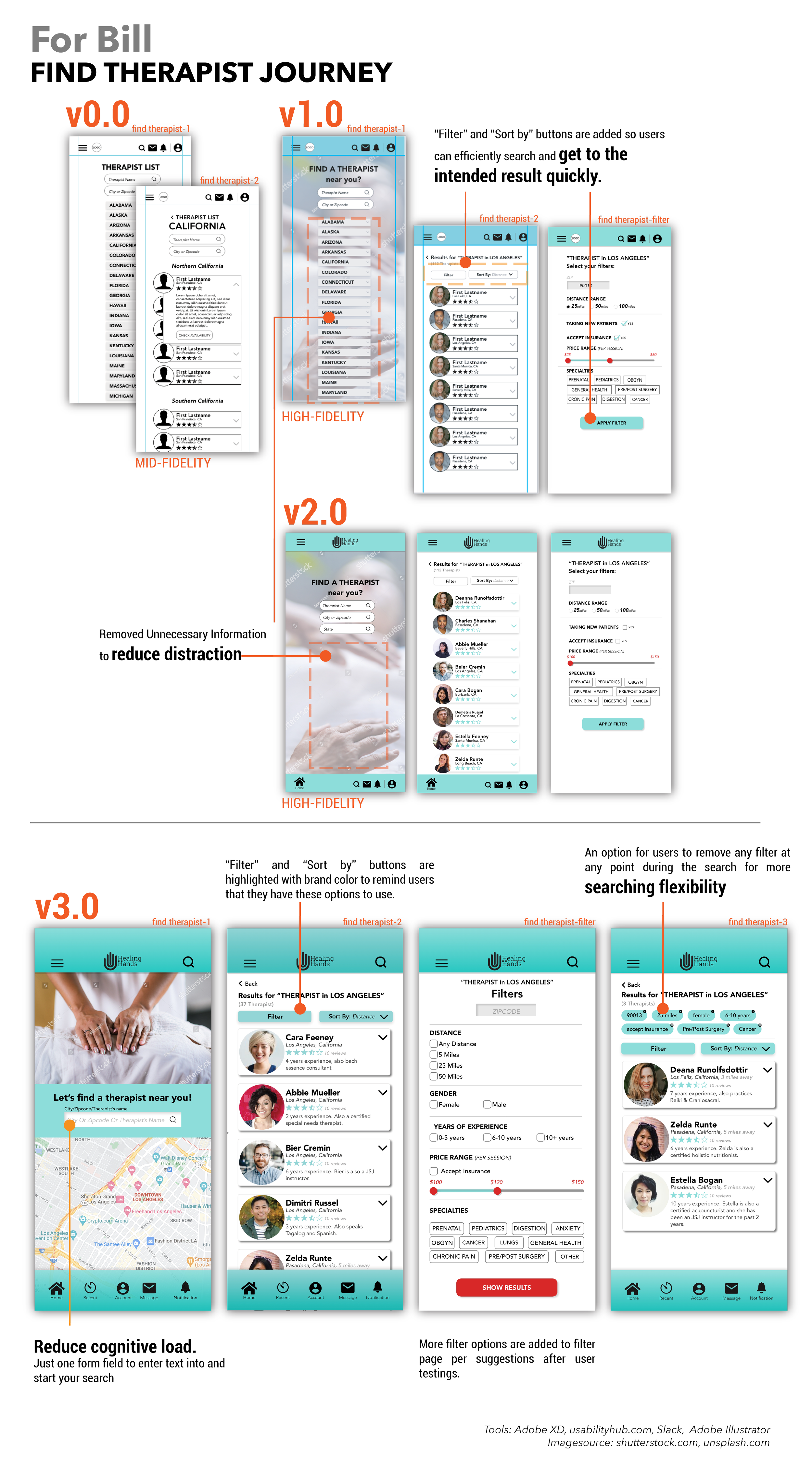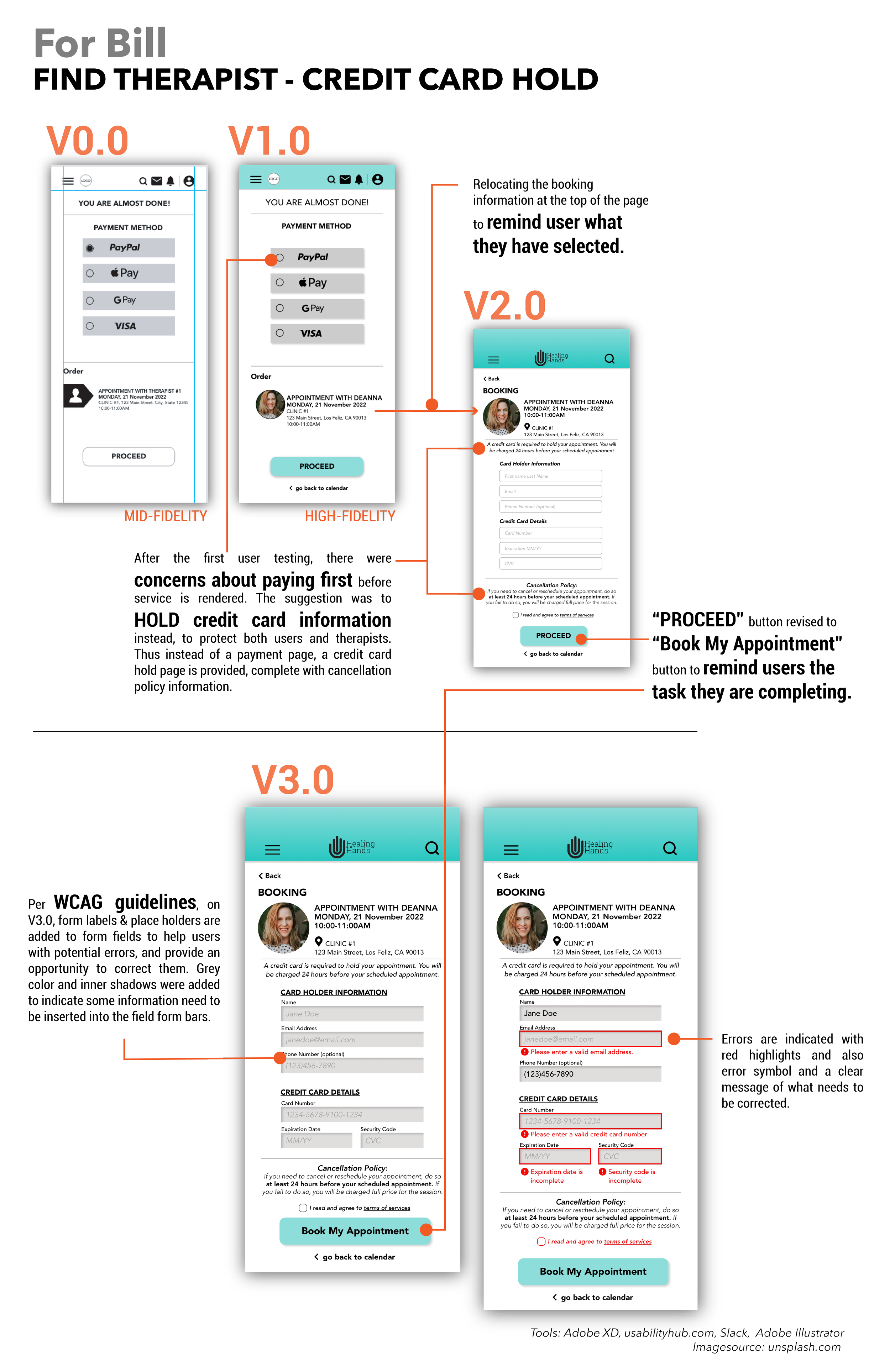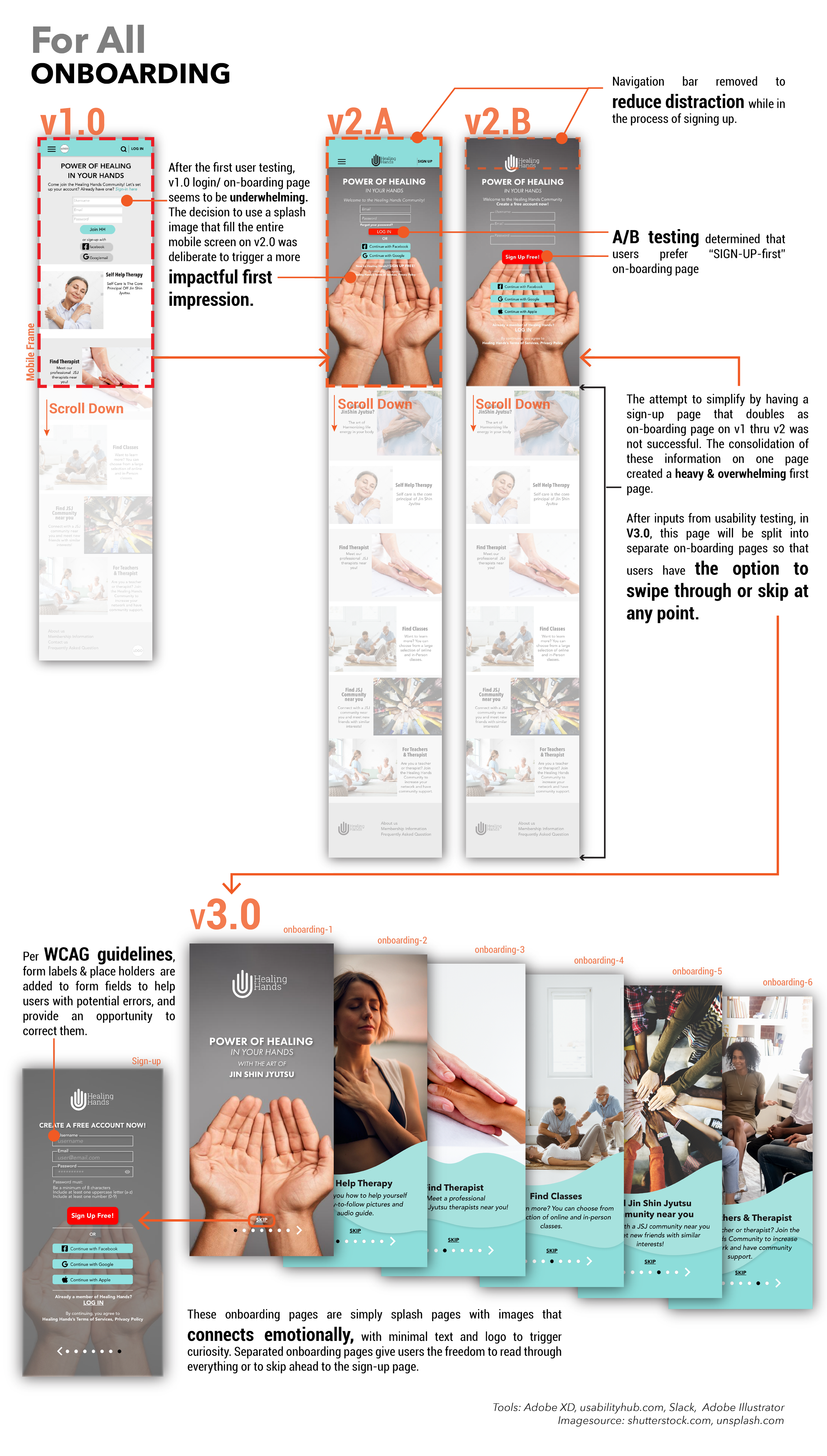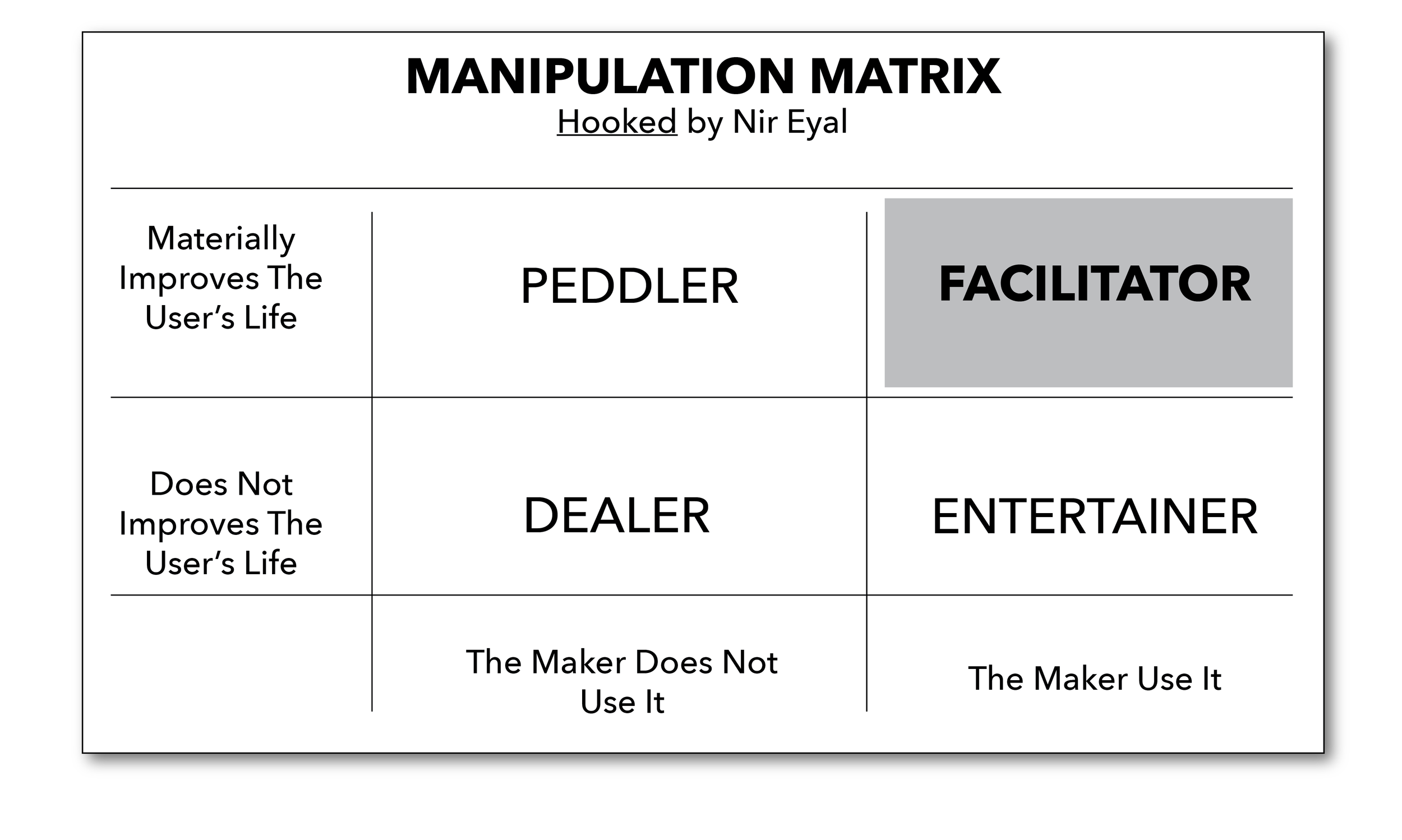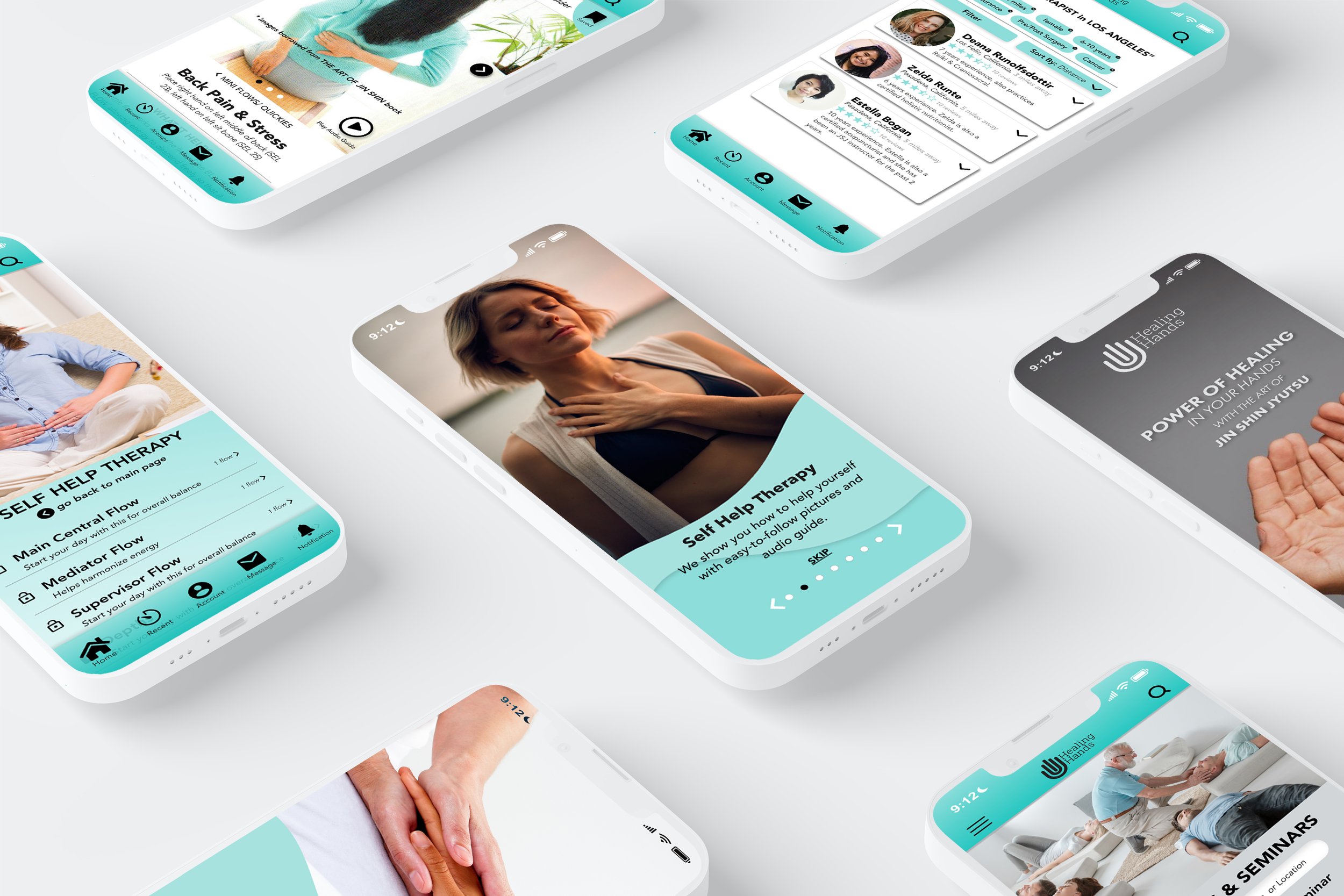
HEALING HANDS
Watch Where You Put Your Hands
Project Information
Role: Lead Product Designer
Skills: Project Management, Story Telling and Presentation, Competitive Research & Analysis, User Survey, Interviews, & Tests, Information Architecture, Wire-framing & Prototyping.
Duration: 5 months
The Spark
My family swore by Jin Shin Jyutsu. I was skeptical, until I hit a health challenge where conventional treatment offered little clarity. A JSJ therapist guided me through simple hand placements and gave me “self-help homework” to practice daily. It didn’t magically cure me overnight but it supported my recovery in a way that felt more grounded, and allowed me to rely less on medication. I kept wondering: Why is something so gentle and helpful still so hard to access?
Jin Shin Jyutsu (JSJ) is the “art of harmonizing the life energy in the body”. The JSJ teaching believes that your ailments, aches, and sickness are propagated from stuck or locked energy. Its practice focuses on unlocking those stuck energy and rebalancing your mind and body.
How do you do that? You need to know where to put your hands! And Jin Shin Jyutsu can help you with that.
The Challenge
Simply Inconvenient.
Even seasoned JSJ students struggle to recall the right holds; newcomers don’t know where to start. Today, guidance lives in scattered books and two bare-bones websites—no modern tool, no quick answers.
Goal: Put accurate JSJ self-care, therapist search, and class listings in your pocket—so anyone facing big or small challenges can help themselves first.
The Insight
Interviews with practitioners and users surfaced one barrier: inconvenience. People will try holistic care if instructions are clear, immediate, and always handy.
Unlike more established wellness apps, Healing Hands enters a category with no direct competitors. JSJ currently lacks any digital-first tool for practitioners or users. By curating hard-to-access information into a simple, approachable app, Healing Hands establishes a first-mover advantage in this niche. I also studied analogous platforms like LUNA and OneStep to ensure the app matched the best practices of therapy tech, emphasizing clarity, trust, and convenience across the experience.
Healing Hands puts everything you need to practice JSJ in one place.
Easy to find, easy to use, wherever you are.
The User Personas
Meet Grace, Bill, and Grandma Maddie: three individuals with different health needs, lifestyles, and levels of JSJ familiarity. Despite their differences, they share a common belief: improving quality of life starts with self-care, not more medication. They seek gentle, accessible ways to support their well-being and care for those they love. Healing Hands is designed with users like them in mind. People who value empowerment, simplicity, and community-driven healing.
The Approach
User-First Information Architecture
To meet the needs of both new users and experienced JSJ practitioners, I designed a simple, intuitive structure centered on three core functions: Self-Help Therapy, Find Therapists, and Find Classes. These pillars reflect the real-world workflows of JSJ users: whether they’re practicing solo, seeking professional support, or looking to deepen their knowledge. I also designed space for future growth: a community feature and secure therapist/teacher logins to support continued engagement and knowledge sharing.
The target audiences are people who are already familiar with Jin Shin Jyutsu Therapy and are highly motivated to use it to maintain their health or heal with less medication.
Iterative Testing & Lean Prototyping
Following a lean UX approach, I moved quickly from low-fidelity wireframes to high-fidelity interactive prototypes in Figma. Each stage of the design process was informed by feedback from peer reviews and moderated usability testing. I tested with 12 participants (ages 16–63), most of whom had some familiarity with JSJ. These sessions revealed common confusion points: like unfamiliar terminology or overwhelming home screens, which helped shape clearer navigation and instructional language in future versions.
Reflection
While developing Healing Hands, three books deeply shaped my thinking: The Design of Everyday Things (Don Norman), Hooked (Nir Eyal), and Nudge (Thaler & Sunstein).
These works helped me design beyond usability—focusing on the psychology behind behavior: what triggers action, what sustains engagement, and how habits are formed over time.
Based on Nir Eyal’s Manipulation Matrix, Healing Hands falls into the “Facilitator” category—a tool that empowers users to achieve goals they already value.
With this foundation, my aim is to keep refining the app to shift mindsets around holistic care and offer more people intuitive, supportive tools to manage their health.

Going Forward
My own healing journey turned skepticism into advocacy. Designing Healing Hands proved that clarity and access can lower the barrier to unconventional therapy. Next up: habit-testing in the wild and partnering with JSJ pros to integrate data-driven refinements. If bringing JSJ into mainstream wellness excites you, let’s collaborate.

